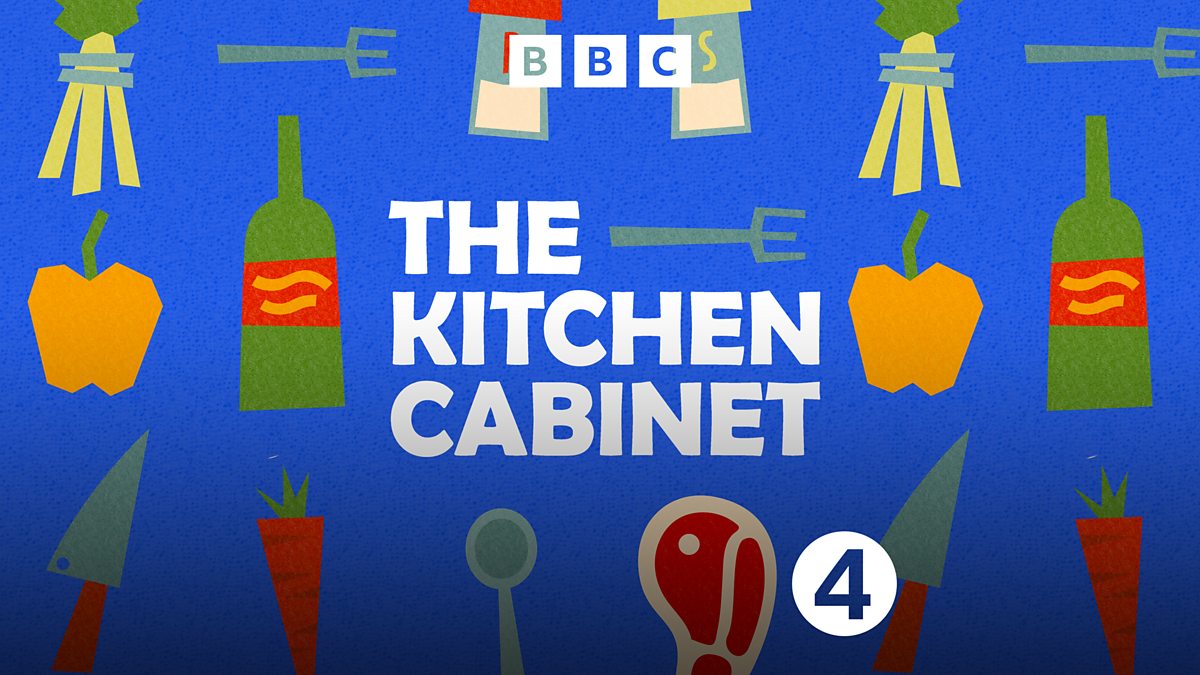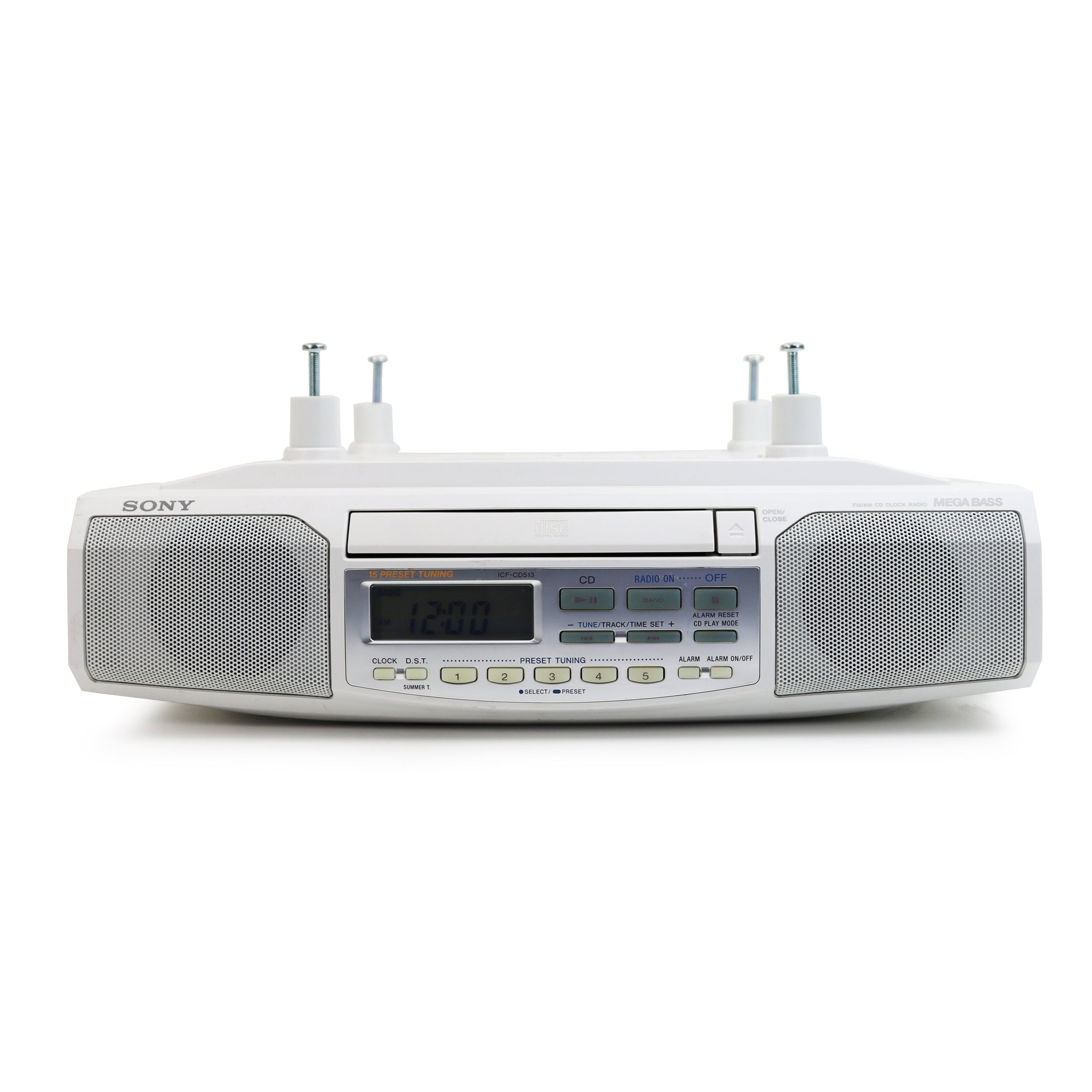History and Evolution of Kitchen Cabinet Radio: Kitchen Cabinet Radio 4

The kitchen cabinet radio, a ubiquitous fixture in American homes during the golden age of radio, played a pivotal role in shaping the cultural landscape and transforming how people consumed information and entertainment. Its evolution reflects the technological advancements and changing lifestyles of the 20th century.
Early Origins and Role in Broadcasting
The invention of the radio in the late 19th and early 20th centuries marked a significant turning point in communication. Early radios were bulky and expensive, often found in homes of the wealthy. The development of the vacuum tube in 1907 paved the way for more powerful and affordable radios, making them accessible to a wider audience. The emergence of commercial broadcasting in the 1920s further fueled the demand for radios.
- The first kitchen cabinet radios were introduced in the 1920s, offering a convenient and affordable way to access radio broadcasts.
- These early models were typically large and bulky, often housed in wooden cabinets with ornate designs.
- They featured a limited number of tuning dials and were often powered by batteries or AC power.
- The introduction of kitchen cabinet radios played a significant role in popularizing radio broadcasting, bringing entertainment and news into homes across the country.
Technological Advancements and Evolution
The development of new technologies and materials throughout the 20th century led to significant advancements in kitchen cabinet radio design and functionality.
- The introduction of transistors in the 1950s revolutionized radio technology, leading to smaller, more portable, and energy-efficient models.
- Transistor radios allowed for the development of table-top and portable models, offering greater flexibility and convenience.
- The development of integrated circuits in the 1960s further reduced the size and cost of radios, making them even more accessible.
- The introduction of digital technology in the late 20th century led to the development of digital radios with improved sound quality and features such as pre-programmed stations and clock radios.
Popular Kitchen Cabinet Radio Models
Throughout its history, the kitchen cabinet radio has been represented by numerous iconic models that captured the spirit of their respective eras.
- Atwater Kent Model 50 (1926): This model, known for its distinctive Art Deco design, was one of the most popular kitchen cabinet radios of the 1920s. It featured a large, wooden cabinet with a speaker grill and tuning dials on the front.
- Zenith Trans-Oceanic (1939): This iconic model was designed for long-distance reception, allowing listeners to tune in to broadcasts from around the world. It was known for its sophisticated circuitry and sleek design.
- Philco Predicta (1958): This futuristic model, with its sleek, space-age design, was a symbol of the technological optimism of the 1950s. It featured a push-button tuner and a built-in record player.
- Sony ICF-C1 (1970s): This compact, portable model, with its iconic “boombox” design, became synonymous with the portable music revolution of the 1970s. It featured a cassette player, AM/FM radio, and a powerful speaker.
Design and Functionality of Kitchen Cabinet Radios

Kitchen cabinet radios, also known as “built-in” radios, were a common feature in kitchens during the mid-20th century. They offered a convenient way to listen to music and news while preparing meals or performing other tasks in the kitchen. These radios were designed to blend seamlessly into the kitchen cabinetry, often with a sleek and minimalist aesthetic.
Design Elements of Kitchen Cabinet Radios
The design of kitchen cabinet radios was heavily influenced by the prevailing architectural styles of the time. They were typically designed to be flush with the cabinetry, with a smooth, flat surface that minimized clutter and complemented the overall kitchen design.
- Materials: Kitchen cabinet radios were usually constructed from wood, metal, or a combination of both. Wooden cabinets often featured a veneer finish in popular wood species like oak, walnut, or cherry. Metal cabinets, often made from steel or aluminum, were typically painted in neutral colors like white, beige, or gray to blend in with the kitchen decor.
- Aesthetics: The aesthetic of kitchen cabinet radios varied depending on the era and style of the kitchen. Mid-century modern kitchens often featured streamlined, minimalist radios with clean lines and simple controls. Traditional kitchens, on the other hand, might have opted for more ornate radios with decorative details and elaborate knobs.
- Features: Kitchen cabinet radios typically included basic features such as a tuning dial, volume control, and a speaker. Some models also featured additional features like a clock, timer, or even a record player.
Functionality of Kitchen Cabinet Radios
Kitchen cabinet radios were designed to be simple and easy to use, offering basic functionalities that met the needs of the average household.
- Tuning: The tuning dial allowed users to select different radio stations by adjusting the frequency. Some models featured a rotary dial, while others had a push-button system for selecting stations.
- Volume Control: A volume knob was typically located on the front of the radio, allowing users to adjust the sound level. Some models also featured a tone control, which allowed users to fine-tune the sound quality.
- Speaker Systems: Kitchen cabinet radios often had a single speaker located on the front or top of the cabinet. The speakers were typically small and provided adequate sound quality for a small kitchen.
Comparison with Modern Audio Systems
Modern audio systems, including smart speakers, Bluetooth speakers, and streaming devices, offer a significantly wider range of features and functionality compared to kitchen cabinet radios.
- Connectivity: Modern audio systems offer a variety of connectivity options, including Wi-Fi, Bluetooth, and auxiliary inputs, allowing users to connect to a wide range of devices and streaming services. Kitchen cabinet radios, on the other hand, were limited to radio broadcasts.
- Sound Quality: Modern audio systems have significantly better sound quality than kitchen cabinet radios, with advanced speaker technology and digital signal processing capabilities. Kitchen cabinet radios, with their small speakers and limited audio processing, were known for their relatively poor sound quality.
- Features: Modern audio systems offer a wide range of features, including voice control, multi-room audio, and integration with smart home devices. Kitchen cabinet radios, in comparison, were limited to basic functionalities like tuning and volume control.
Cultural Impact and Significance of Kitchen Cabinet Radios

The kitchen cabinet radio, a fixture in homes for decades, played a pivotal role in shaping American culture and family life. It transcended its function as a mere listening device, becoming a symbol of connection, entertainment, and shared experiences.
Influence on Family Life and Social Interaction
Kitchen cabinet radios were central to family life, acting as a gathering point for shared experiences. The radio became a common source of information, entertainment, and connection, fostering a sense of community within the home.
- Shared Listening Experiences: Families gathered around the radio to listen to news broadcasts, dramas, comedies, and music, creating shared memories and fostering a sense of togetherness.
- Connection to the Outside World: The radio provided a window into the wider world, bringing news, current events, and cultural trends into the home, broadening horizons and fostering a sense of connection to the outside world.
- Family Rituals: Listening to the radio became a daily ritual for many families, with specific programs or genres associated with particular times of day or week. This created a sense of routine and predictability, fostering a sense of normalcy and togetherness.
Impact on Listening Habits and Entertainment Trends, Kitchen cabinet radio 4
Kitchen cabinet radios significantly shaped listening habits and entertainment trends. Their accessibility and ubiquity led to the development of specific radio formats and programming tailored to a broad audience.
- Rise of Radio Formats: The popularity of kitchen cabinet radios spurred the development of distinct radio formats, such as news, talk radio, music genres, and soap operas, catering to diverse interests and preferences.
- Impact on Music Consumption: Kitchen cabinet radios played a crucial role in shaping music consumption habits. The radio became the primary source for discovering new music and artists, influencing popular music trends and fostering a sense of shared musical experiences.
- Influence on Entertainment: The radio’s influence extended beyond music, impacting the development of radio dramas, comedies, and other entertainment genres, providing a platform for storytelling and entertainment in the home.
Symbolism and Nostalgia
The kitchen cabinet radio holds a special place in the hearts of many, evoking a sense of nostalgia and representing a simpler time. It is often associated with memories of childhood, family gatherings, and the warmth and comfort of home.
- Symbol of Home and Family: The kitchen cabinet radio is often seen as a symbol of home, family, and shared experiences, evoking feelings of warmth, comfort, and togetherness.
- Nostalgia for a Bygone Era: The kitchen cabinet radio represents a bygone era, a time before television and the internet dominated entertainment and information. It evokes feelings of nostalgia for a simpler time, when families gathered around the radio for shared experiences.
- Cultural Icon: The kitchen cabinet radio has become a cultural icon, appearing in films, television shows, and literature, reflecting its enduring presence in American culture.
So, you’re thinking of upgrading your kitchen with a Kitchen Cabinet Radio 4? It’s a smart move! But before you go all out, make sure you’ve got the right hardware. You’ll want to consider what size pulls for cabinet doors to match your new radio’s sleek style.
A good pull can really make your kitchen cabinet radio 4 stand out!
So you’re into that whole kitchen cabinet radio 4 vibe, huh? Totally get it, that retro aesthetic is hot right now. But before you start blasting tunes from your vintage cabinet, you might want to check out this corner cabinet door hinge installation guide.
You know, just in case those doors are a bit wonky and need a little TLC. After all, you want your kitchen to be as stylish as your music taste, right?
